
Redesign Your School Athletic Pavilion | 2014 National High School Architecture Competition #191
The Athletic facility currently at High Tech High School is very plain and inconvenient. To go to gym we have to go outside of school and cross the school’s active bus parking lot, an active public street, and an area that contains an outdoor basketball court that is in front of a staff parking lot. During the winter it’s very dangerous with snow and when it rains the area is flooded, plus because of change of temperatures as well as due to the climate you can get sick just from walking to and from gym. The actual gym is connected to a program called AIS that contains classes and the locker rooms are between these classes and the weight room is thrown off to the other side of the building. This is the reason why the athletic facility at our school is unorganized, a puzzle where the pieces don’t fit.
I would like to try to create an atmosphere that puts aside the much urbanized feel that the school currently has, being amongst factories and working facilities to create a mood in which one can enjoy and actually feel like they have their own private facility. I want one to feel like it’s a warm spring like day in the park no matter what the actual weather is outside. I want students to have that natural feeling both inside and outside in the pavilion. Depending on where the location of the track is I feel that it should be indoors and on the roof of the building closed by a dome like structure of all glass so that a person who’s jogging can get a nice view and feel like their outdoors even in the winter. In the summer this dome like structure would be able to open to a certain point so that a person who is jogging can get some fresh air. I want the facility to be more than just a sports club or a place where you go to do your fitness workouts. The pavilion should overall be a salutary health facility, a facility of wellness, being healthy both physically and mentally.
This would affect the school culture in that it will provide a new look or new feel to the school as to add that feel of youthness due to the modernity of the Pavilion. It can also inspire those who aren’t into athletics to tap on in due to the atmosphere and options or variety of activities as well as the environment all found within the same facility. It would add on to that melting pot feeling that the school already has in which everyone in this school specifically is ethnically diverse and everyone comes from different towns in the county. With different sports found from a variety of countries. I suggest that the building be behind the school to make it more private for the students and staff, and rather than have large windows with a view Tonnele ave. with all the noise that it makes it would make sense to have it in the more calm area of the school property. To get from school to the pavilion, to solve the problem of inconvenience that the school already has it would make sense to make a walkway from school to the pavilion. A problem I would encounter is trying to work around the unpleasant surroundings to make that offset feeling within an atmosphere that takes one away from everything around the Pavilion, while still being able to go outdoors and possibly have windows within the pavilion for the best view that can be provided. Other than these issues it will be wonderful working on this project.

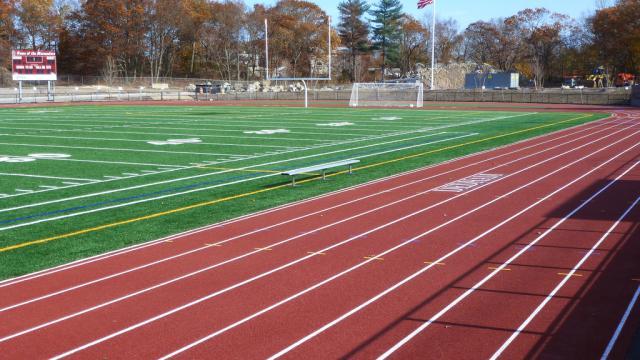




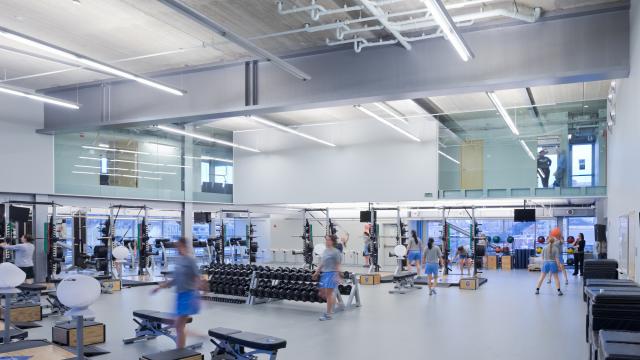
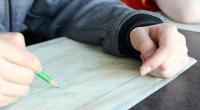


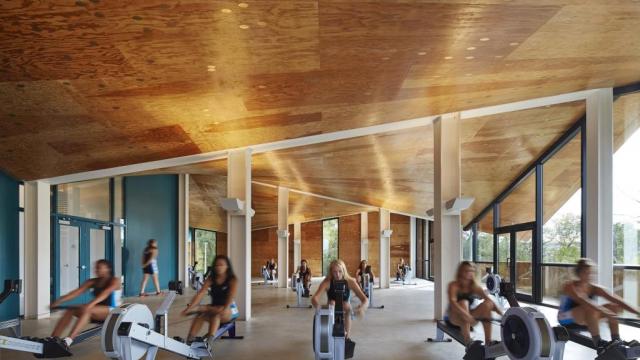

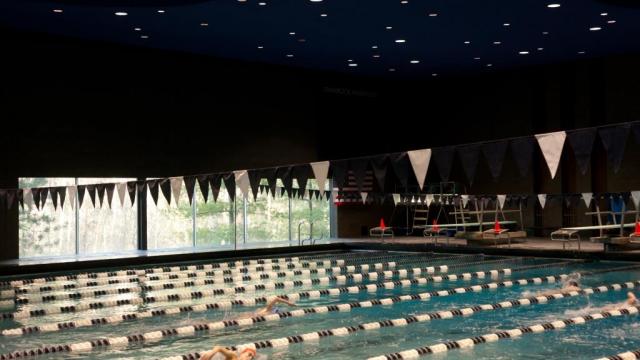

Comments
Don't forget, to register for the National Competition! You can do that here: http://discoverdesign.org/registration2014